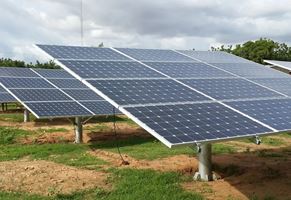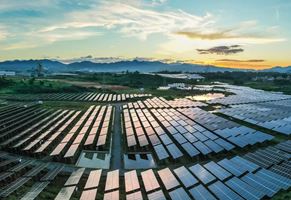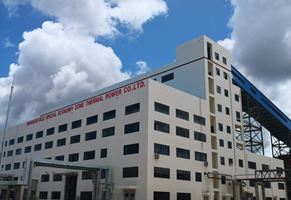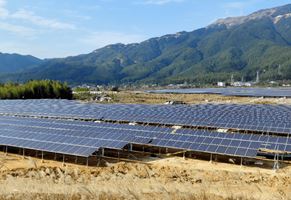The difference between distributed power plants and centralized power plants (difference between centralized power plants and distributed power plants)
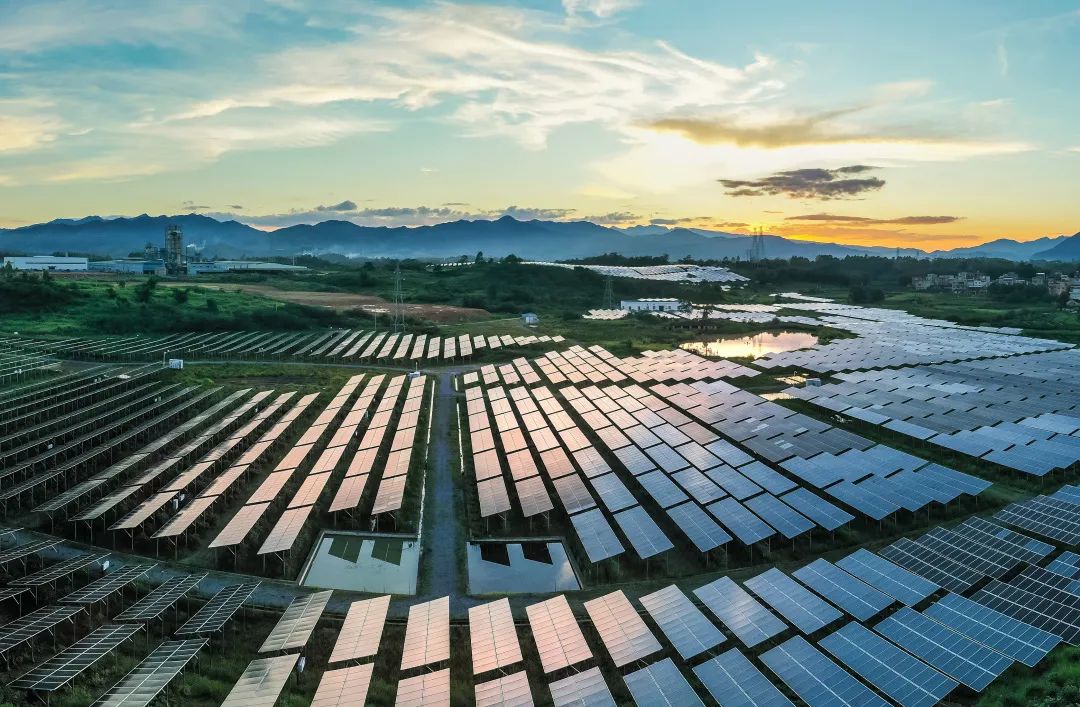
1、Different installation positions
Centralized refers to large-scale power stations installed on the ground, while distributed refers to rooftop power stations installed on residential buildings. Distributed photovoltaics are mainly installed on rooftops of agricultural greenhouses, while Chinese photovoltaics are mainly installed in Gobi and deserts, and are generally installed in remote and desolate areas.
2. Different levels of grid connected voltage
Distributed photovoltaics are generally connected to the grid at a voltage of 380V; The grid connected voltage of centralized photovoltaic power stations is generally 35KV or 110KV. Distributed photovoltaics generally use low-voltage release devices for grid connection, and the number of distributed grid connection points depends on the actual situation. A centralized photovoltaic power station is 30 megawatts or less, and generally does not have a main transformer. For power plants with a capacity of over 30 megawatts, a main transformer is generally installed and connected to the grid after being raised to a voltage level of 110KV through the main transformer.
3. The secondary equipment used in the power station is different
Due to its low-voltage 380V grid connection, distributed photovoltaic power stations are less commonly used for primary and secondary equipment. The inverters are generally wall mounted inverters, which are relatively easy to install and have a smaller size.
4. Different conveying distances
The electricity generated by centralized photovoltaic power stations is connected to the grid through high voltage, and is transmitted layer by layer at higher voltage levels. Distributed photovoltaics generally generate electricity that is connected to the grid on site, with low or no line losses.
5. The basic principles are different:
The basic principle of centralization is to fully utilize the abundant and relatively stable solar energy resources in desert areas to build large-scale photovoltaic power stations, and connect them to high-voltage transmission systems to supply long-distance loads.
Distributed basic principle: mainly based on the surface of buildings, solve user electricity problems nearby, and achieve compensation and external transmission of power supply differences through grid connection.
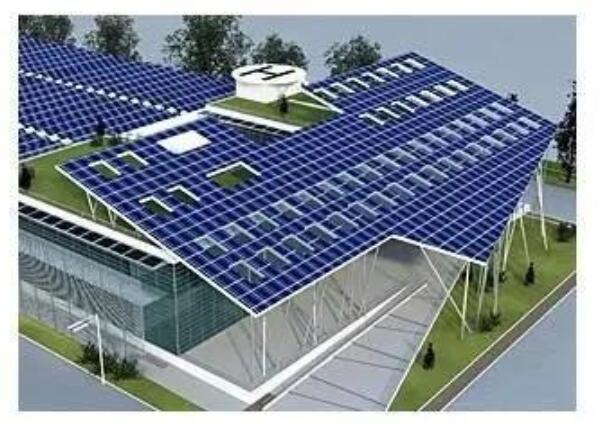
1. Advantages of distributed power plants
1) Photovoltaic power supply is located on the user side, generating electricity to supply local loads, which is considered as a load and can effectively reduce dependence on grid power supply and reduce line losses.
2)By fully utilizing the surface of buildings, photovoltaic cells can be simultaneously used as building materials, effectively reducing the footprint of photovoltaic power stations.
3) Effective interface with smart grids and microgrids, flexible operation, and independent operation of the grid under appropriate conditions.
2. Disadvantages of distributed power plants
1) The direction of power flow in the distribution network will change in a timely manner, and reverse flow will cause additional losses. Relevant protection needs to be reset, and transformer tap points need to be constantly changed.
2)The difficulties in voltage and reactive power regulation, as well as the technical challenges in controlling the power factor after the connection of large capacity photovoltaics, will also increase the short-circuit power.
3) It is necessary to perform the same load management in the energy management system at the distribution network level in the case of large-scale photovoltaic integration. New requirements have been placed on secondary equipment and communication, increasing the complexity of the system.
The basic principle of centralized photovoltaic power stations is to fully utilize the abundant and relatively stable solar energy resources in desert areas to build large-scale photovoltaic power stations, and connect them to the high-voltage transmission system to supply long-distance loads.
3. Advantages of centralized power plants
1) Due to more flexible site selection, the stability of photovoltaic output has been increased, and the positive peak shaving characteristics of solar radiation and electricity load have been fully utilized, playing a role in peak shaving.
2) The operation mode is more flexible, and compared to distributed photovoltaics, it can more conveniently control reactive power and voltage, and participating in grid frequency regulation is also easier to achieve.
3) The construction period is short, the environmental adaptability is strong, and there is no need for raw material guarantees such as water sources and coal transportation. The operating cost is low, making it easy to centrally manage and limited by space, making it easy to achieve expansion.
4. Disadvantages of centralized power plants
1) It is necessary to rely on long-distance transmission lines for power transmission into the grid, and at the same time, it is also a major source of interference to the grid. Issues such as transmission line losses, voltage drops, and reactive power compensation will become prominent.
2) Large capacity photovoltaic power stations are achieved by combining multiple transformation devices, and the collaborative work of these devices requires the same management. Currently, this technology is not yet mature.
3) To ensure the safety of the power grid, large capacity centralized photovoltaic access requires new features such as LVRT, which often conflicts with islanding.

